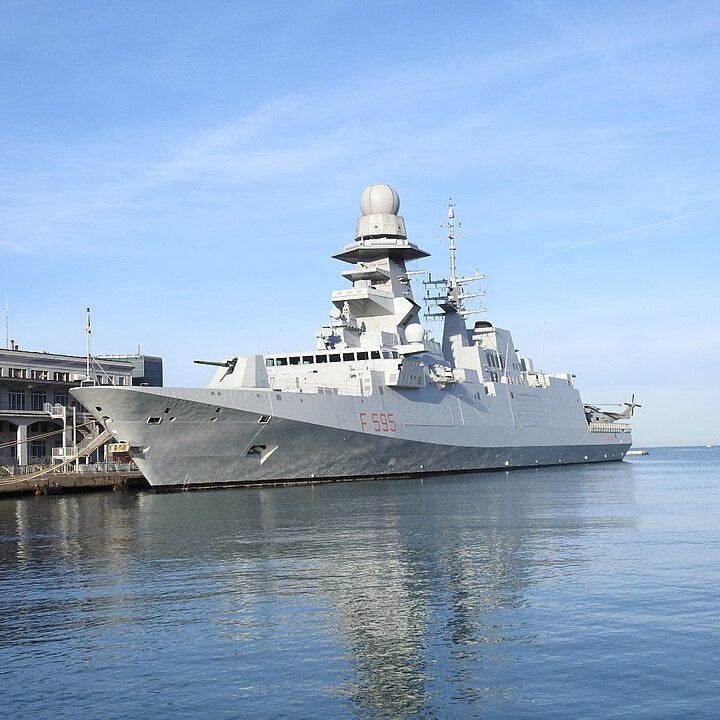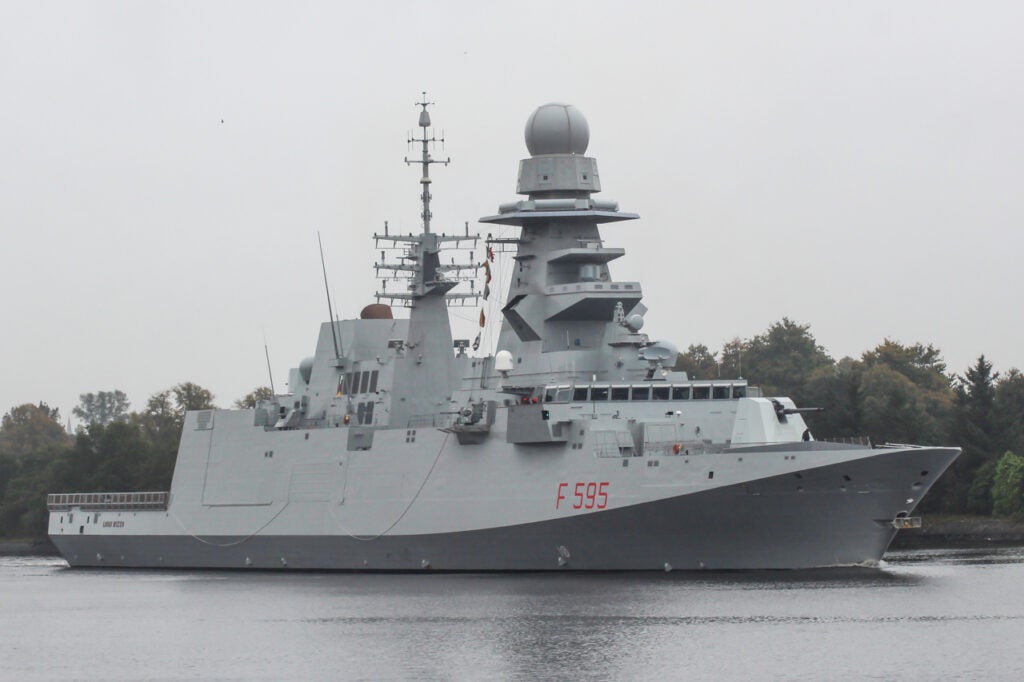Italian Navy Continues Support Operations In The Baltic Sea
The Italian Navy continues to support NATO’s Eastern Flank with a third Italian ship recently arriving at the port of Gdynia on Poland’s Baltic coast, marking more than half of a year of support to the alliance’s local navies. The ITS Luigi Rizzo frigate is rotating with the ITS Antonio Marceglia, which has been serving on the Baltic Sea since July.
In May 2023, the Italian Navy in agreement and cooperation with the Polish government started an assistance mission to the Polish Navy, bolstering the defensive capabilities of the port in Gdynia and this part of the Baltic Sea. The first Italian ship to take this position was the Horizon-class destroyer ITS Caio Duilio. The destroyer, however, left the Baltic after nearly two months of patrolling missions.

The ITS Luigi Rizzo is a Bergamini-class frigate commissioned in 2017. The frigate is much smaller than the Horizon-class ITS Caio Duilio and possesses fewer anti-aircraft defense capabilities. The Bergamini-class, however, maintain versatility and are one of the most modern vessels in the frigate category.
The Bergamini-class frigates are equipped with 16 Aster-family missiles and an Otobreda 127/64 Vulcano cannon as well as the CIWS gun in the form of OTO Melara 76/62mm Davide. Besides that supplementary KBA 25/80mm remote weapon systems are also mounted. The Bergamini-class frigates is also equipped with Teseo/Otomat Mk-2/A anti-ship and land attack missiles. In addition, the frigate is equipped with Kronos Grand Naval AESA radar and a CAPTAS-4 towed-array sonar.
The presence of the Italian Navy in the Baltic Sea on a rotation basis represents the unit and interoperability of NATO in the region. With the recent joining of Sweden and Finland, the alliance’s naval capabilities have drastically increased, affirming the liklihood that in the event of war the Russian Baltic Fleet in the ports of Baltijsk and Kronstadt would be essentially blockaded.
Cover picture by Mark Harkin under CC BY-SA 2.0 License

